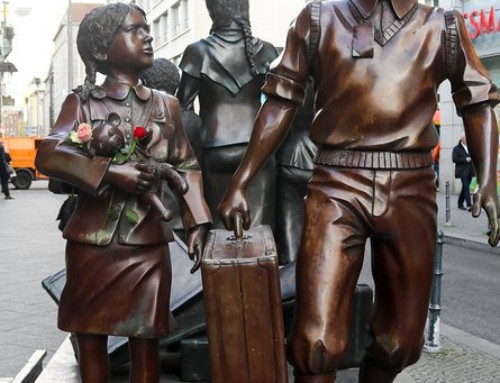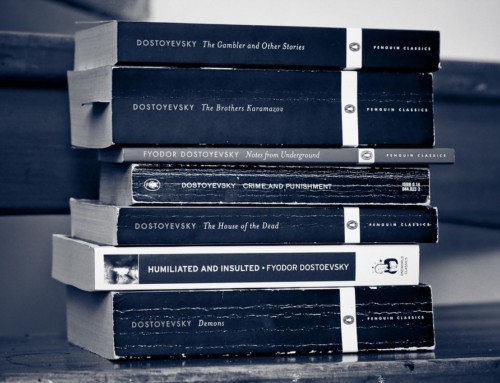Ken Follett’s Pillars of the Earth turned out to be a three-weeker. Last week, I accused him of running out of good ideas halfway through. This week I have to apologize and tell you that his story revived. The Monk and the Earl had enough to fight about all the way to the end. For me to complain about Follett’s plotting is a little like a lowly barn-sweeper telling the king how to run the country. Mr. Follett can brag of more than twenty gripping sagas, all of which fly off the shelves.
Still, I’ve devoured the work of other beloved, skillful authors and found a book or two that feels thrown together.
But enough of that.
Let’s talk about research. How does an author who obviously doesn’t live in the Middle Ages know enough about it to sound like he was there?
In the back of Pillars, Follett writes, “I owe special thanks to
In other words, the great author searches out the less-flashy scholar whose work doesn’t go down as easily on the general public.
I’ve had my own experience with that kind of thing. Browsing the “real” books on my parents’ shelves, I’d find glorified pamphlets like “History of the Dowdyville Relief Society, 1900 to 1932.” Who would ever read such a book? What little old lady gave up years of her life to gather all the names and type all the pages?
But when you’re making up stories and need to know “What did the children actually do during an air-raid drill?” and “What did the desert look like before it blossomed as the rose?” these quiet little books save your life.
Luptak records the local lore of Pinetop, Arizona. Pinetop is practically conjoined twins with its close neighbor, Lakeside. But oh, what different towns they are. Right from the beginning, they set themselves at odds with one another. Over in Lakeside, the upright Mormons lived blameless lives, throwing church picnics, assigning character-building chores to their many children, that kind of thing. But on the Pinetop side, folks boozed, fought and murdered. Located just outside the Apache reservation, the town attracted a steady stream of thirsty Indians.
Luptak’s town history might not draw the interest of people who’ve never heard of Pinetop. But my mom grew up in Lakeside and his little book tells me things about a particular time and place that no other book, not even her own diary, can. Although, I’ll gladly poke through her diary, too.
So let’s all raise a glass of chocolate milk to the people who write the stuff that hardly anybody sees. May the right person find it and turn it into one of those sweeping sagas.
Here’s a little more on Follett, digging up facts for his trilogy on the 20th century:
And here’s the tasty stuff we spread on our flour tortillas tonight: Creamy Chicken Spread. Can’t wait to wake up tomorrow and try it on a bagel.








And that’s how you gather interesting tidbits for your stories–details that make it realistic and interesting. Right?
Yes, Jocile.